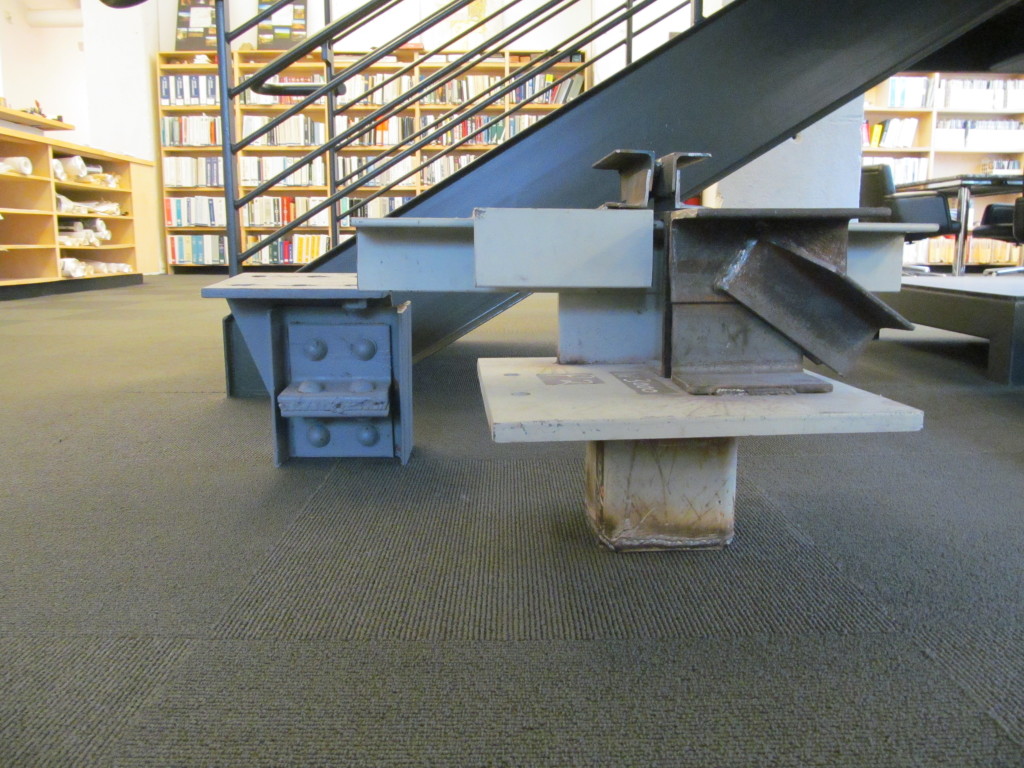ORIGIN: Starting the Conversation

Keeping the Craft
Let’s keep the craft in our work.
We usually think of craftsmanship as being the skill and effort to create a physical object. But I think being a craftsman is not only for those who physically build. Being a craftsman means caring about the creation in a real and tangible way.
Our modern tools for producing architectural and engineering drawings tend to put a little more space between us and the final product. As almost all of our drawings are generated using a computer-aided design program, we frequently miss out on the chance to draw the shapes and forms of our designs with our own hands. The clicks and drags of a computer mouse, while efficient and productive, are somewhat disconnected from the real nature of the building components we are drawing or modeling. You may notice, however, that many engineers still resort to pencil and paper when sketching options or working out a solution to a problem. There is a tactile component to the process that helps us do our craft.
One of the added benefits of working on existing building projects is the chance to look at the original architectural drawings and engineering drawings. Original hand drawings of historic buildings like Will Rogers High School in Tulsa include beautiful elevations and details of ornate masonry elements, stone carvings and terra cotta castings. In some cases I have found that the elegant details of building ornaments were drawn to scale but without dimensions. I believe these drawings were committed directly to the hands of skilled craftsmen to render the desired form in stone or terra cotta. The craftsman’s experience and skill provided the necessary translation from paper to stone. Instead of giving all of the dimensions directly, the architect left room for the artistry of the builder.
I encourage engineers to develop a “feel” for how a project goes together. A great way to do that is by touching and examining and experimenting with sample products in the office. They can compare the heft of a 1 ¼” diameter anchor rod to its more typical ¾” diameter cousin. They can grip a #4 rebar and then a #5 rebar while trying to discern the difference by feel. After a while an engineer can “calibrate” his or her eye and touch to help quickly identify materials on the job site without special tools. Of course, physical measurements can and should be taken when verification of a building component is critical, but a well-tuned visual sense can help lead us to those critical items.
Engineers have another opportunity to participate in the building process. We can visit the job site. Although we are not the physical builders in the way a contractor is, we are a part of the project team, and we have a vital interest in the strength, quality and beauty of the final product. In my experience good things happen when we are willing to visit the site and look at a problem first-hand or celebrate completion of a difficult task. We get to see the parts and pieces. We get to see how things fit or how they don’t. We get to see the effort that is required to bring our designs to physical reality. And I think those field observations should come back to the office as part of an engineer’s mental library of lessons learned.
I am proud that this concept is at the heart of our Wallace Engineering mission statement, ‘We are dedicated to the art of engineering…helping our clients succeed through the artful application of engineering principles.’.
One of the ways we fulfill this mission is to work with an intense interest and focus on creating a high-quality product. That is, to work like a craftsman.

There are no comments.